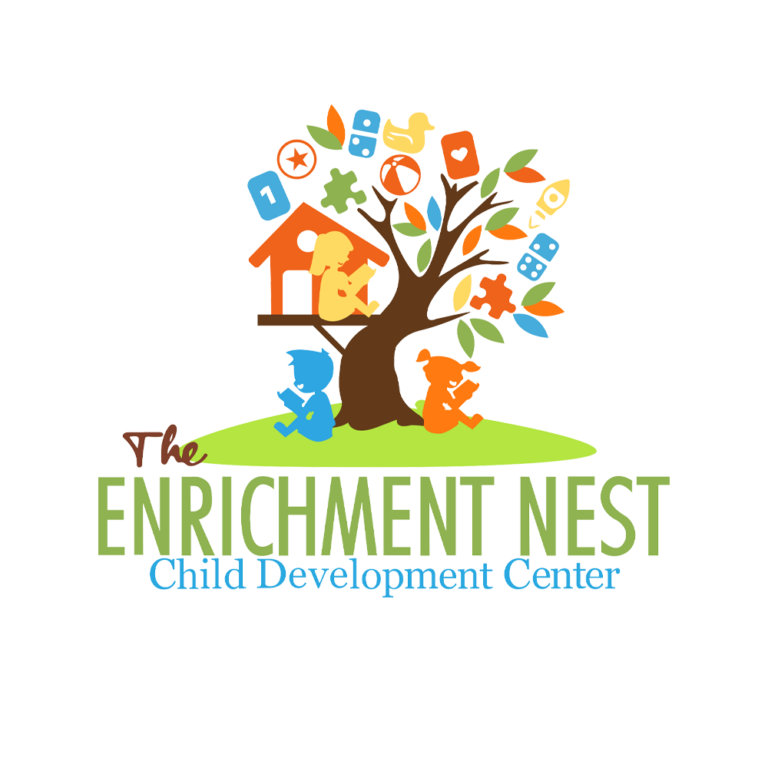This will be the sixth in a series of blogs in how to teach your child how to read, at the end of the blog there is a link you can follow with related sources to partner with you in achieving this goal. The Enrichment Nest once gain supports these learning tools.
Reading is a fundamental skill that lays the groundwork for a child’s academic success and lifelong learning. It’s never too early to start nurturing a love for books, and toddlers between the ages of 2 and 5 are at a crucial stage in their language development. Building reading fluency during these formative years not only enhances their language skills but also fosters their imagination and cognitive abilities. As a parent, there are several effective strategies you can employ to cultivate reading fluency in your toddler.
1. Make Reading a Daily Ritual:
Establish a routine of reading together every day. Whether it’s in the morning, before naptime, or as part of the bedtime routine, consistency is key. By integrating reading into your child’s daily schedule, you reinforce its importance and create a positive association with books.
2. Choose Age-Appropriate Books:
Selecting books tailored to your toddler’s age and interests is essential. For 2-year-olds, opt for board books with vibrant illustrations and simple texts. As they grow older, introduce picture books with engaging stories and interactive elements. Look for books that incorporate rhyme, repetition, and predictable patterns, as these elements support early literacy development.
3. Encourage Active Participation:
Encourage your toddler to actively engage with the story by asking questions, making predictions, and pointing out familiar objects or characters in the illustrations. Encourage them to turn the pages and explore the book independently, fostering a sense of autonomy and curiosity.
4. Model Fluent Reading:
Be a role model for fluent reading by reading aloud with expression and enthusiasm. Use different voices for characters, vary your pace, and emphasize key words and phrases. Your child will naturally pick up on these cues and begin to mimic your reading style.
5. Incorporate Multi-Sensory Activities:
Enhance the reading experience by incorporating multi-sensory activities that appeal to your toddler’s senses. Create sensory bins inspired by their favorite books, act out scenes using puppets or props, or engage in hands-on activities related to the story’s theme.
6. Create a Literacy-Rich Environment:
Surround your child with books and other literacy materials to foster a love for reading. Designate a cozy reading nook stocked with a variety of books, magazines, and writing supplies. Encourage your toddler to explore and interact with these materials independently.
7. Foster a Positive Reading Environment:
Make reading a pleasurable and relaxing experience by choosing a quiet, comfortable space free from distractions. Minimize interruptions and distractions, such as electronic devices or background noise, to create a conducive environment for reading.
8. Celebrate Milestones and Achievements:
Celebrate your child’s progress and achievements in reading to boost their confidence and motivation. Praise their efforts, no matter how small, and acknowledge their growing reading skills. Consider creating a reading log or chart to track their progress and reward them for reaching milestones.
9. Emphasize Phonemic Awareness:
Help your toddler develop phonemic awareness—the ability to recognize and manipulate individual sounds in spoken words—through playful activities such as rhyming games, sound matching, and syllable clapping. These activities lay the foundation for later reading success.
10. Explore Diverse Themes and Genres:
Introduce your child to a diverse range of themes, characters, and genres to broaden their literary horizons. Incorporate books that reflect your toddler’s cultural background as well as those that introduce them to new perspectives and experiences.
In conclusion, fostering reading fluency in toddlers requires patience, consistency, and creativity. By incorporating these strategies into your daily routine and selecting age-appropriate books, you can cultivate a lifelong love for reading in your child and set them on the path to academic success. Please click on the link below for further instructions on how to make this happen.
https://www.google.com/search?q=reading+fluency+for+toddlers






